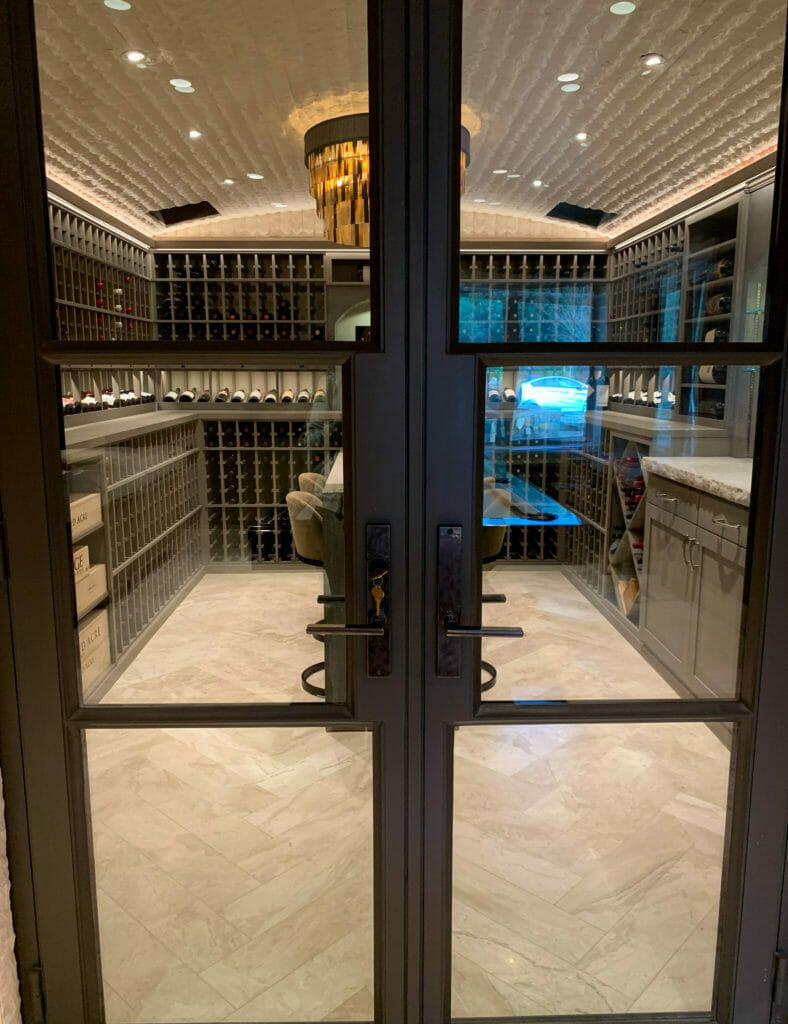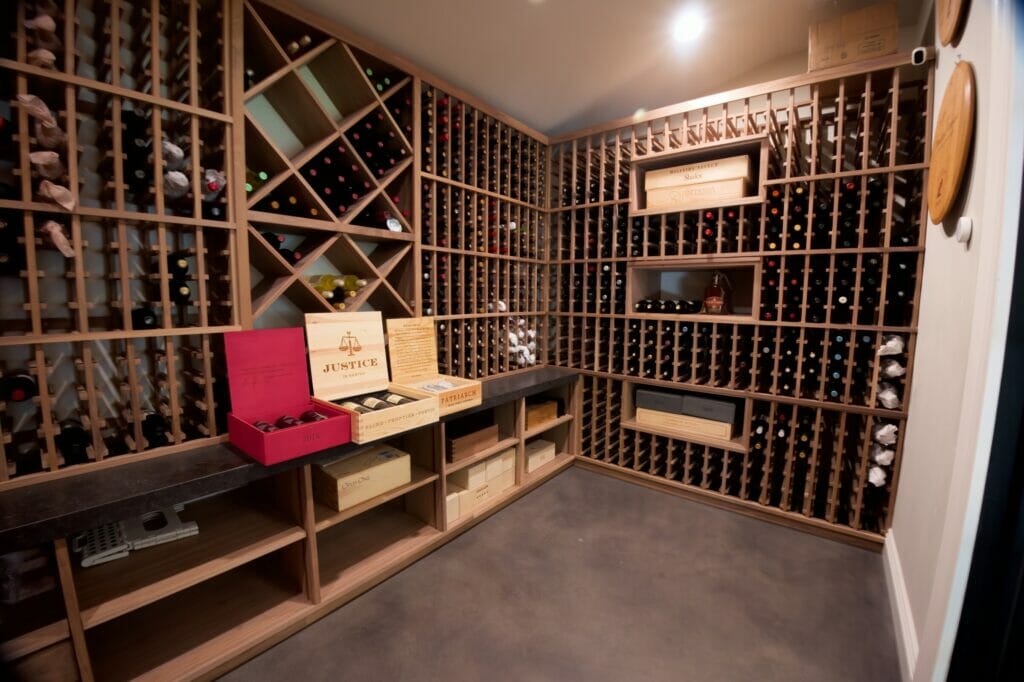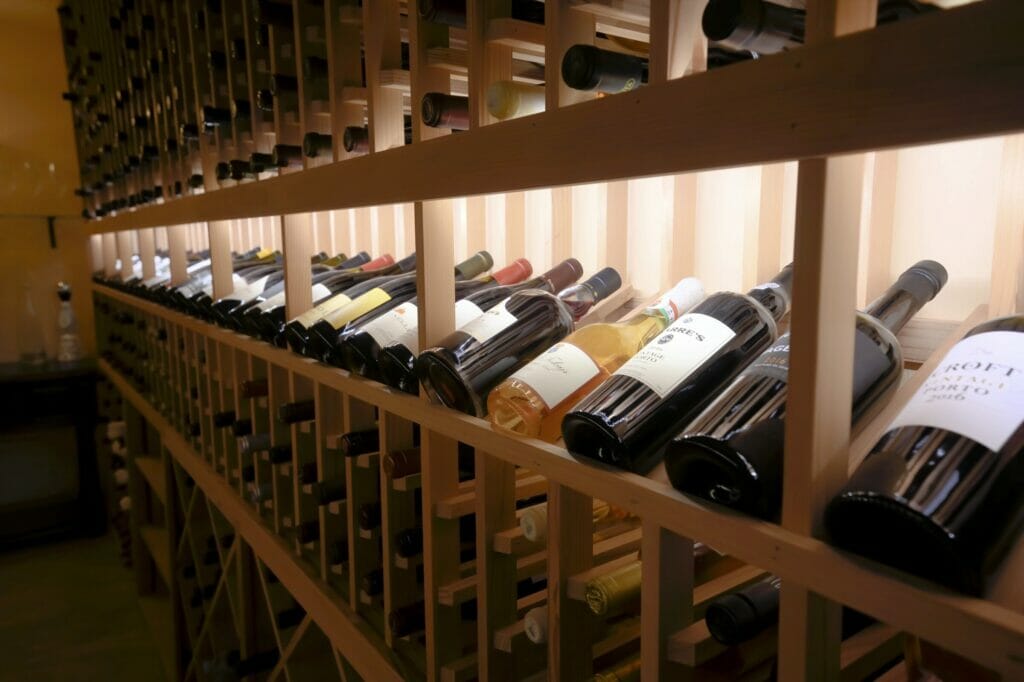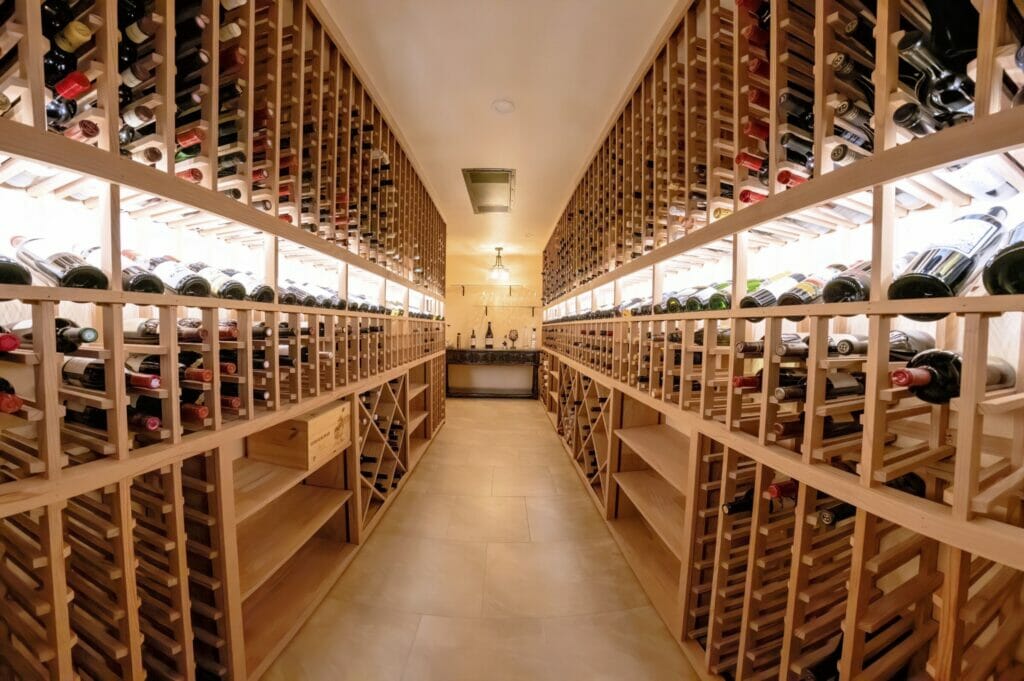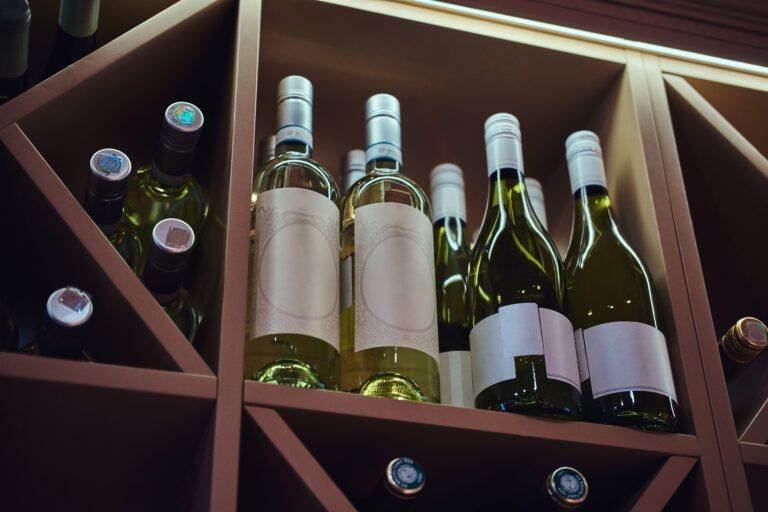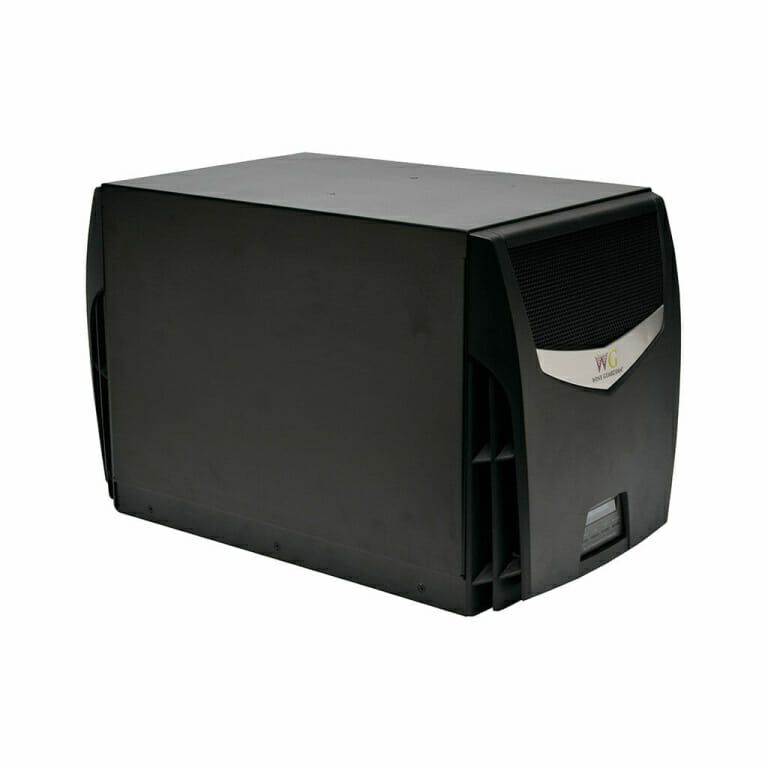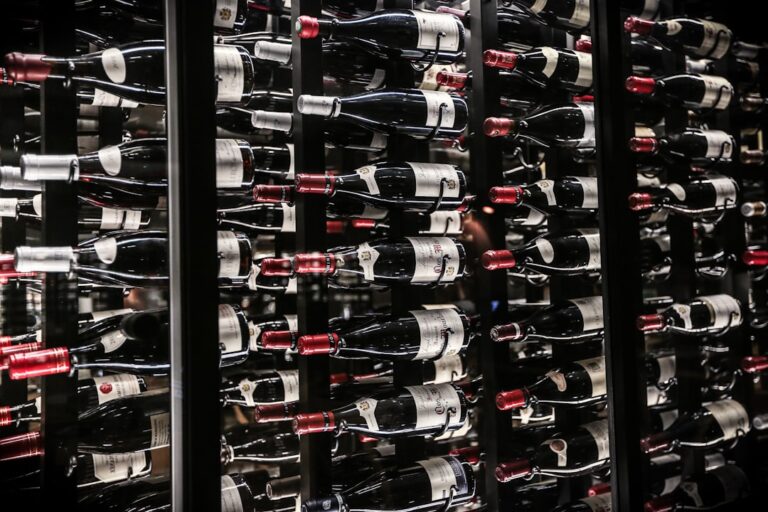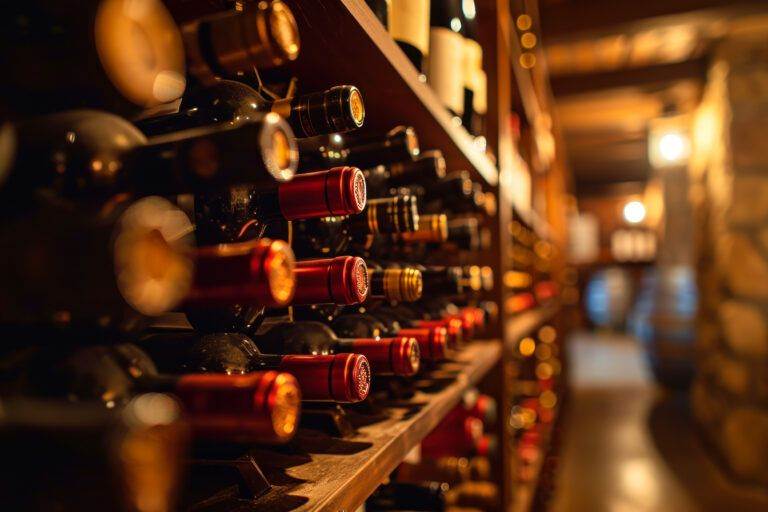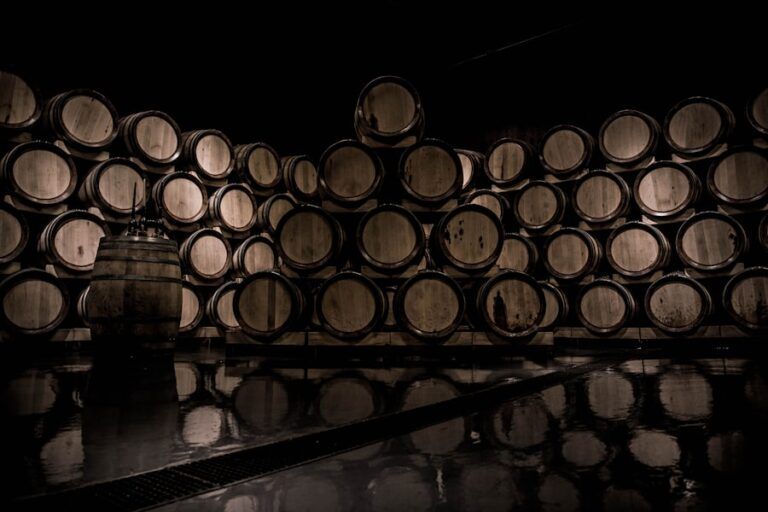Elevate Your Wine Collection with the Perfect Cellar Door: A Guide to Choosing Style and Functionality
A cellar door plays a crucial role in the storage and preservation of wine. For wine collectors, having a dedicated space to store their prized bottles is essential. A cellar door not only provides a secure and controlled environment for wine storage but also adds a touch of elegance and sophistication to any home.
Wine is a delicate and perishable product that requires specific conditions to age gracefully. A cellar door helps maintain the ideal temperature, humidity, and lighting conditions necessary for wine to mature properly. It also protects the wine from external factors such as light, heat, and vibration, which can negatively impact its quality.
Factors to Consider When Choosing a Cellar Door
When choosing a cellar door, there are several factors to consider to ensure that it meets your specific needs and preferences.
1. Location and accessibility: The location of your cellar door is crucial for easy access to your wine collection. It should be conveniently located within your home or property, allowing you to retrieve bottles without hassle. Consider factors such as proximity to the kitchen or dining area, as well as ease of transportation.
2. Budget: Set a budget for your cellar door project and stick to it. Consider the cost of materials, installation, and any additional features or customization options you may want. It’s important to find a balance between quality and affordability.
3. Design and style: The design and style of your cellar door should complement the overall aesthetic of your home. Whether you prefer a traditional or modern look, choose a design that reflects your personal taste and enhances the visual appeal of your wine storage space.
4. Security features: Wine collections can be valuable, both monetarily and sentimentally. Therefore, it’s important to invest in security features that will protect your collection from theft or damage. Consider options such as locks, alarms, surveillance cameras, and access control systems.
5. Insulation and climate control: Proper insulation and climate control are essential for maintaining the ideal conditions for wine storage. Choose a cellar door that offers excellent insulation properties and allows for temperature and humidity control. This will ensure that your wine ages gracefully and retains its quality over time.
Style Options: Traditional vs. Modern Cellar Doors
When it comes to cellar doors, there are two main style options to choose from: traditional and modern.
1. Traditional cellar doors: Traditional cellar doors often feature classic designs with intricate details and ornate finishes. They are typically made from wood or wrought iron and have a timeless appeal. Traditional cellar doors add a touch of elegance and sophistication to any wine storage space.
2. Modern cellar doors: Modern cellar doors, on the other hand, have a sleek and minimalist design. They often feature clean lines, glass panels, and contemporary materials such as stainless steel or aluminum. Modern cellar doors offer a more contemporary look and can be a great choice for those who prefer a more modern aesthetic.
Both traditional and modern cellar doors have their pros and cons. Traditional cellar doors offer a timeless appeal and can add a sense of history and charm to your wine storage space. However, they may require more maintenance and upkeep compared to modern options. On the other hand, modern cellar doors offer a sleek and minimalist look that can complement a modern home design. They are often easier to maintain but may lack the classic elegance of traditional designs.
Materials Used in Cellar Door Construction
The choice of materials used in the construction of your cellar door is crucial for its durability, functionality, and aesthetic appeal.
1. Wood: Wood is a popular choice for traditional cellar doors due to its natural beauty and versatility. It can be stained or painted to match any interior design style. Wood offers excellent insulation properties and can help maintain stable temperature and humidity levels within the wine storage space. However, wood may require regular maintenance, such as sealing or refinishing, to prevent warping or rotting.
2. Wrought iron: Wrought iron is another common material used in traditional cellar doors. It offers a classic and elegant look and provides excellent security and durability. Wrought iron doors are often custom-made and can be designed with intricate patterns or motifs. However, they may be more expensive compared to other materials and may require periodic maintenance to prevent rusting.
3. Glass: Glass is a popular choice for modern cellar doors as it offers a sleek and contemporary look. It allows for maximum visibility of the wine collection and can create a visually stunning display. Glass doors are often paired with metal frames for added strength and security. However, glass may not provide the same level of insulation as other materials and may require additional measures to control temperature and humidity.
4. Stainless steel: Stainless steel is a durable and low-maintenance material that is commonly used in modern cellar doors. It offers a sleek and minimalist look and can withstand harsh environmental conditions. Stainless steel doors are resistant to corrosion, making them ideal for humid wine storage environments. However, they may lack the warmth and charm of traditional materials such as wood or wrought iron.
When choosing a material for your cellar door, consider factors such as durability, maintenance requirements, insulation properties, and aesthetic appeal. It’s important to find a material that suits your specific needs and preferences.
Security Features to Protect Your Wine Collection
As wine collections can be valuable investments, it’s important to invest in security features that will protect your collection from theft or damage.
1. Locks: Installing high-quality locks on your cellar door is essential for preventing unauthorized access. Choose locks that are sturdy, tamper-proof, and resistant to picking or drilling. Consider options such as deadbolts or electronic locks with keyless entry systems.
2. Alarms: Alarms can provide an extra layer of security by alerting you to any unauthorized entry or tampering. Choose alarms that are specifically designed for wine cellars and have features such as motion sensors, door/window sensors, and remote monitoring capabilities.
3. Surveillance cameras: Surveillance cameras can deter potential thieves and provide evidence in case of a break-in. Choose cameras that offer high-resolution video recording, night vision capabilities, and remote access for monitoring your wine cellar from anywhere.
4. Access control systems: Access control systems allow you to restrict access to your wine cellar to authorized individuals only. These systems can include features such as key cards, biometric scanners, or keypad entry codes. They provide an added layer of security and allow you to track who enters and exits your wine storage space.
When choosing security features for your cellar door, consider factors such as the value of your wine collection, the level of security required, and your personal preferences. It’s important to find a balance between convenience and protection.
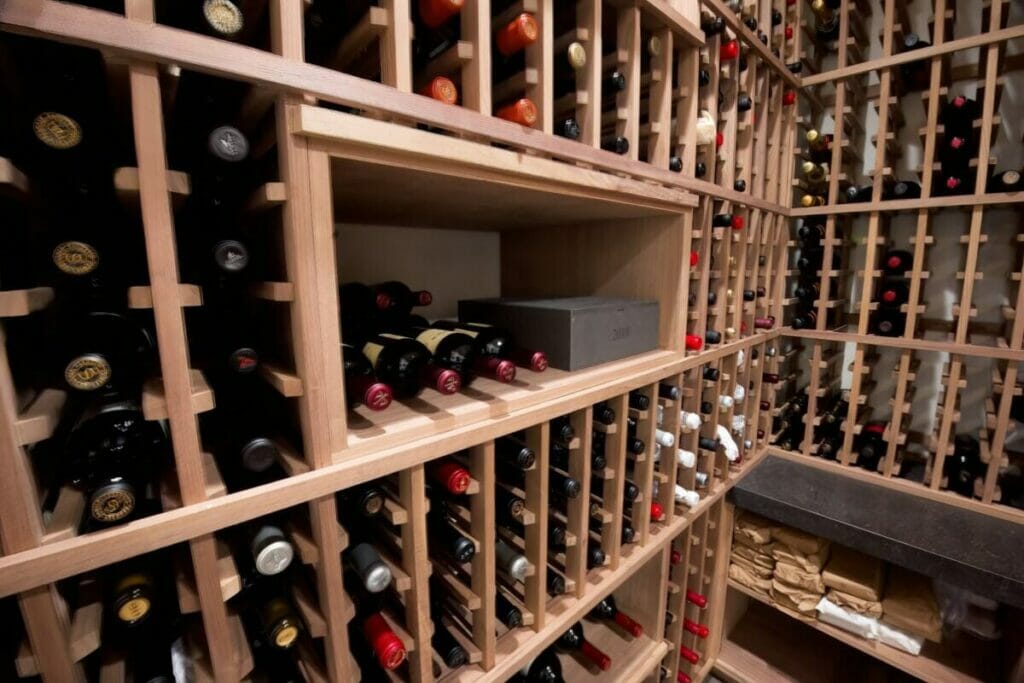
Insulation and Climate Control for Optimal Wine Storage
Proper insulation and climate control are crucial for maintaining the ideal conditions for wine storage. A cellar door should provide excellent insulation properties to prevent temperature fluctuations and humidity variations.
1. Insulation: Good insulation helps maintain a stable temperature within the wine storage space, preventing heat or cold from entering or escaping. Choose a cellar door that is well-insulated and has a high R-value. Common insulation materials used in cellar doors include foam insulation, fiberglass, or cellulose insulation.
2. Climate control: Wine requires specific temperature and humidity conditions to age properly. The ideal temperature range for wine storage is between 45°F (7°C) and 65°F (18°C), with a humidity level of around 60-70%. Choose a cellar door that allows for temperature and humidity control, either through built-in climate control systems or by integrating with existing HVAC systems.
3. Ventilation: Proper ventilation is essential for maintaining air circulation within the wine storage space. It helps prevent the buildup of odors, mold, or mildew. Choose a cellar door that has ventilation features such as vents or louvers to allow for adequate airflow.
When choosing insulation and climate control features for your cellar door, consider factors such as the climate in your area, the size of your wine collection, and your desired aging conditions. It’s important to create a stable and controlled environment that will allow your wine to age gracefully.
Customization Options for Personalized Cellar Doors
Customization options are available for cellar doors to add a personal touch and reflect your individual style and preferences.
1. Design: Customization options for design include choosing specific materials, finishes, and colors that match your home’s interior design. You can also opt for custom patterns or motifs on traditional cellar doors or unique glass designs on modern doors.
2. Engravings or etchings: Engravings or etchings can add a personalized touch to your cellar door. Consider adding your family name, a favorite quote, or a custom design that holds special meaning to you.
3. Glass options: If you choose a glass door, you can customize it with different types of glass, such as frosted or stained glass. This can add privacy or create a unique visual effect.
4. Hardware: Customizing the hardware of your cellar door, such as handles, hinges, or locks, can enhance its overall aesthetic appeal. Choose hardware that matches the style and finish of your door.
When considering customization options for your cellar door, think about how it will complement your home’s overall design and reflect your personal taste. Customization allows you to create a unique and personalized wine storage space that is truly one-of-a-kind.
Choosing the Right Size and Shape for Your Wine Collection
Choosing the right size and shape for your cellar door is important to ensure that it can accommodate your wine collection and fit seamlessly into your home.
1. Size: Consider the size of your wine collection and how it may grow in the future. Choose a cellar door that provides enough storage space for your current collection and allows for expansion if needed. It’s important to have enough room to store bottles horizontally, allowing the wine to come into contact with the cork and maintain its quality.
2. Shape: The shape of your cellar door should complement the overall design of your home. Consider factors such as ceiling height, available wall space, and any architectural features that may impact the shape of the door. Common shapes for cellar doors include rectangular, arched, or custom shapes to fit specific spaces.
When choosing the size and shape of your cellar door, consider factors such as the size of your wine collection, available space in your home, and any architectural constraints. It’s important to find a balance between functionality and aesthetics.
Lighting Options to Showcase Your Wine Collection
Proper lighting is essential for showcasing your wine collection and creating an inviting and visually stunning wine storage space.
1. Ambient lighting: Ambient lighting provides overall illumination in the wine cellar. Choose soft and warm lighting options such as recessed lights or wall sconces to create a cozy and inviting atmosphere.
2. Accent lighting: Accent lighting is used to highlight specific areas or features of your wine collection. Consider using spotlights or track lighting to draw attention to prized bottles or display shelves.
3. Display lighting: Display lighting is used to illuminate individual bottles or display cases. LED strip lights or puck lights can be installed inside display shelves or behind glass doors to create a dramatic effect.
4. Dimmers: Installing dimmers allows you to adjust the intensity of the lighting according to your needs and preferences. This can create different moods and enhance the visual impact of your wine collection.
When choosing lighting options for your cellar door, consider factors such as the size of your wine collection, the desired ambiance, and the overall design of your wine storage space. Proper lighting can transform your cellar door into a focal point and enhance the visual appeal of your wine collection.
Maintenance and Upkeep of Your Cellar Door
Proper maintenance and upkeep are essential for ensuring the longevity and functionality of your cellar door.
1. Regular cleaning: Clean your cellar door regularly to remove dust, dirt, or any spills that may occur. Use a mild detergent or glass cleaner for glass doors and a wood cleaner or polish for wooden doors. Avoid using harsh chemicals or abrasive materials that may damage the door’s finish.
2. Inspect for damage: Regularly inspect your cellar door for any signs of damage such as cracks, warping, or rusting. Address any issues promptly to prevent further damage and ensure the door’s security and insulation properties.
3. Lubrication: If your cellar door has hinges or locks, lubricate them regularly to ensure smooth operation. Use a silicone-based lubricant or graphite powder to prevent sticking or squeaking.
4. Weatherstripping: Check the weatherstripping around your cellar door regularly to ensure a tight seal. Replace any worn or damaged weatherstripping to maintain insulation properties and prevent drafts.
When maintaining and repairing your cellar door, follow the manufacturer’s instructions and guidelines. If you’re unsure about any maintenance tasks, consult a professional for assistance. Proper maintenance will help prolong the life of your cellar door and ensure that it continues to provide optimal storage conditions for your wine collection.
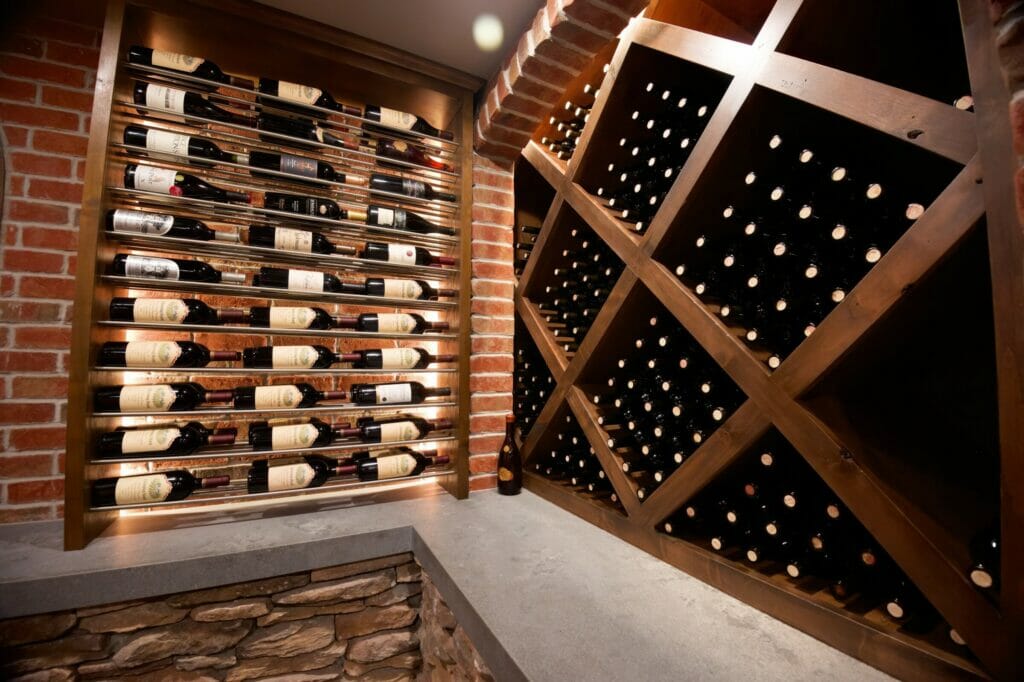
Elevating Your Wine Collection with the Perfect Cellar Door
A cellar door is an essential component of any wine collector’s home. It provides a secure and controlled environment for wine storage while adding elegance and sophistication to the space. When choosing a cellar door, consider factors such as location, budget, design, security features, insulation, and climate control. Customization options, lighting, and maintenance are also important considerations.
By carefully selecting the right cellar door for your wine collection, you can ensure that your bottles age gracefully and retain their quality over time. A well-designed and properly maintained cellar door will not only protect your investment but also enhance the visual appeal of your wine storage space. So, take the time to research and choose the perfect cellar door that meets your specific needs and preferences. Your wine collection deserves it.

